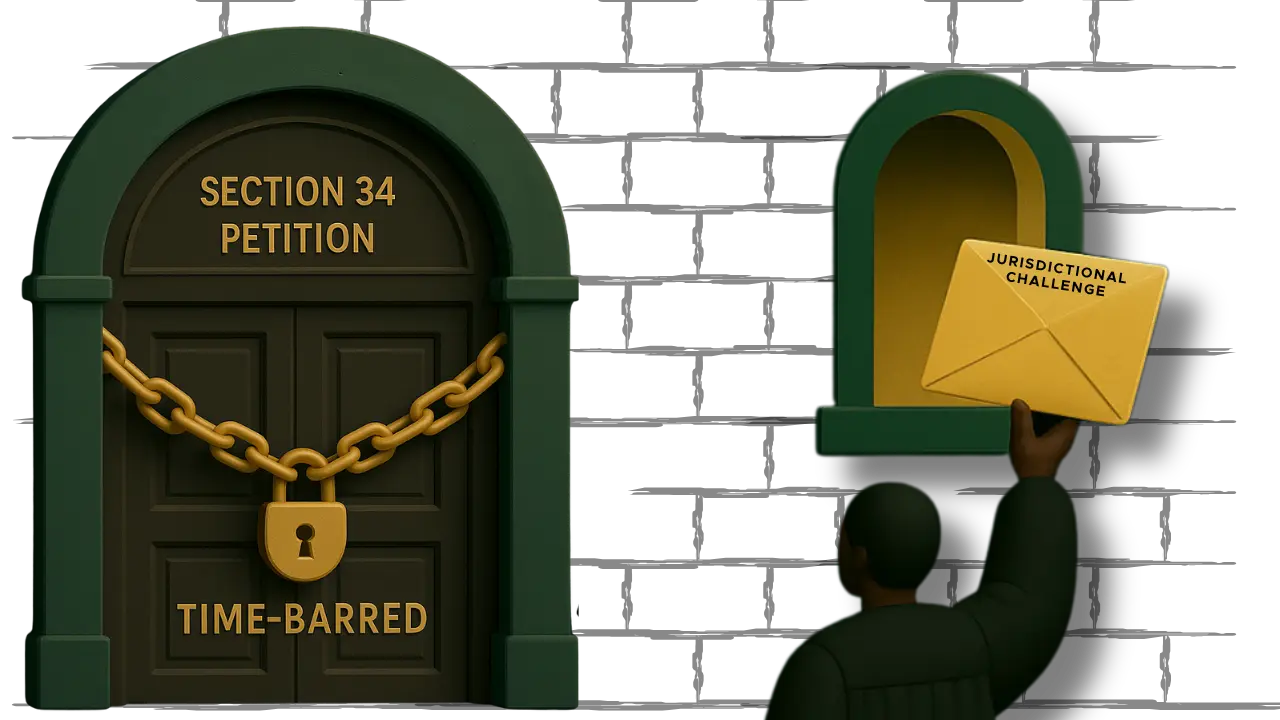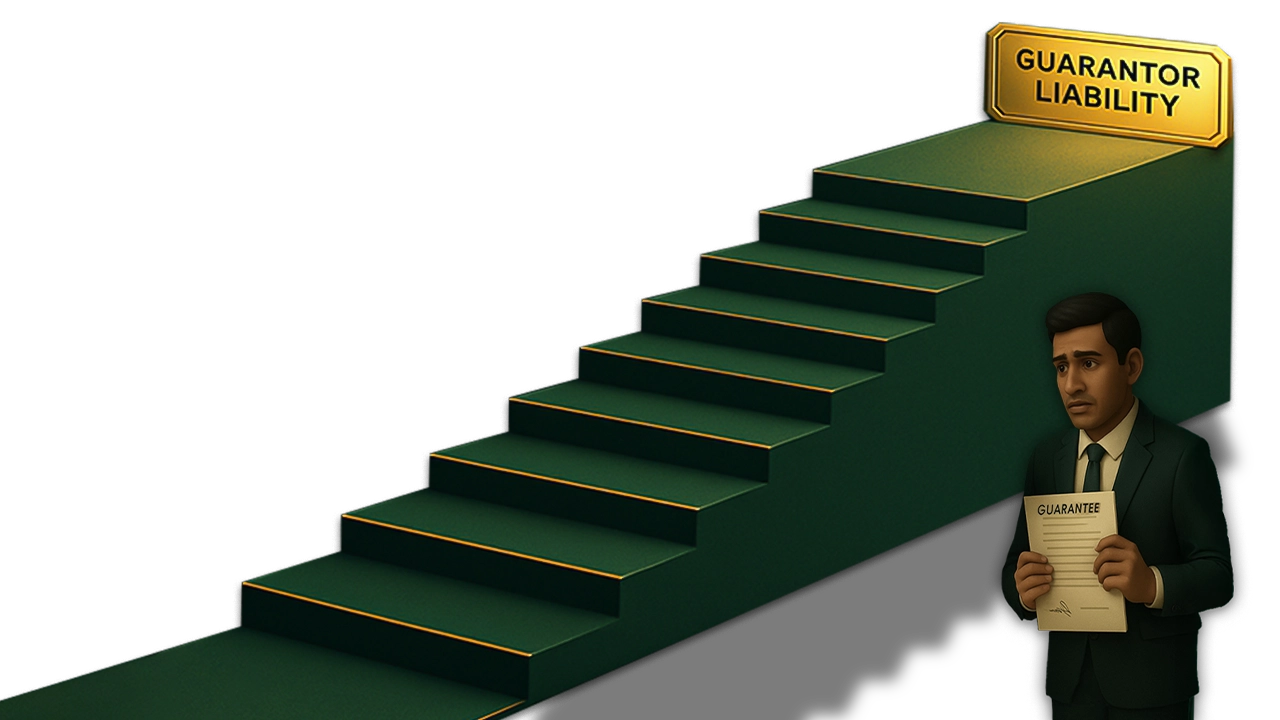Introduction
In a significant judgement in Raheja Developers Limited Versus Ahluwalia Contractors India Ltd1. , concerning the procedural landscape of arbitration in India, the Delhi High Court, through the discerning bench of Justice Manoj Kumar Ohri, recently articulated a pivotal principle regarding the scope of Section 34 petitions under the A&C Act2. This decision delves into the intricate balance between procedural adherence and substantive justice, particularly when it comes to challenging arbitral awards. Can an omission in the initial challenge be rectified later, especially if it strikes at the very heart of the tribunal’s authority? The Court decisively held that an omission to plead a ground of challenge in the original Section 34 petition, specifically concerning non-adherence to the mandatory procedure of Section 29A of the A&C Act, would not divest the Section 34 Court of its jurisdiction to scrutinize such a critical defect. This ruling underscores a crucial carve-out, aligning with the exceptions delineated by the Supreme Court in the landmark case of State of Maharashtra v. Hindustan Construction.
This article will delve into a detailed analysis of the rationale behind this judgment, exploring the High Court’s interpretation of Section 34 and its interplay with Section 29A, and how it navigates the delicate balance between procedural strictness and the overarching goal of ensuring a just outcome in arbitration proceedings.
At the core of the legal contention before the court was a Civil Works Contract Agreement dating back to December 6, 2010, between the parties for the construction of dwelling units. Following a complex arbitral process, including a change of arbitrators and recommencement of proceedings, the Sole Arbitrator passed an award on April 29, 2024, in favor of the respondent, awarding a substantial sum of ₹10.22 crores along with interest. The petitioner subsequently initiated Section 34 proceedings on July 26, 2024, and the present application sought to introduce additional grounds and documents. The central issue revolved around whether the petitioner could amend its Section 34 petition to include a challenge based on the Arbitral Tribunal being functus officio – essentially, lacking jurisdiction – due to the expiration of its mandate under Section 29A, a point not raised in the initial petition.
The petitioner contended that the application for amendment was in compliance with a prior court order and, more fundamentally, that a challenge to the inherent jurisdiction of the Arbitral Tribunal could be raised at any stage, even if not originally pleaded. They emphasized that the Arbitral Tribunal became functus officio after August 26, 2023, rendering the award passed on April 29, 2024, beyond its statutory period, an aspect critical enough to warrant amendment in the interest of justice. Conversely, the respondent vehemently argued that the amendment was time-barred, falling outside the stringent limitation period prescribed by Section 34(3) of the A&C Act, citing Vastu Invest & Holdings Pvt. Ltd. v. Gujarat Lease Financing Ltd., Mumbai3. Furthermore, the respondent asserted that introducing new grounds amounted to presenting an entirely new case, an endeavor not permissible, especially when such grounds were never raised before the Arbitral Tribunal or in the original Section 34 petition, relying on State of Maharashtra v. Hindustan Construction4 and New Delhi Municipal Council v. Décor India Pvt Ltd5.
Expanding on the intricate legal arguments, the Delhi High Court meticulously addressed the respondent’s preliminary objection concerning the timeliness of the petitioner’s application for amendment. The respondent, relying on the strict timelines of Section 34(3) of the A&C Act—which mandates filing within three months of receiving the award, extendable by a mere thirty days—contended that the application seeking to introduce additional grounds was essentially a modification of the original Section 34 petition and, as such, was squarely barred by limitation. This contention, striking at the very maintainability of the application, naturally became the Court’s initial focal point.
Both parties, interestingly, sought succour from the Supreme Court’s pronouncement in State of Maharashtra v. Hindustan Construction. The High Court, however, astutely noted that while Hindustan Construction indeed carved out a narrow window for amendments to a Section 34 petition, even post-limitation, this exception came with a significantly high threshold. The Supreme Court, as cited by the Delhi High Court, acknowledged the unreasonableness of a blanket prohibition on amendments after the limitation period, stating, “This is not and could not have been the intention of the legislature while enacting Section 34.” Furthermore, the High Court emphasized Section 34(2)(b), which empowers the court to set aside an award if it finds the subject matter incapable of arbitration or in conflict with public policy. This clause, according to the Supreme Court, inherently grants the court discretion to permit amendments in “very peculiar circumstances of the case” and “in the interest of justice,” provided the original Section 34 application was filed within the prescribed time.
So, what then defines this “small window” for amendment? The Delhi High Court, carefully navigating the pronouncements in Hindustan Construction, clarified that an amendment is permissible if the original Section 34 petition was filed within the statutory limitation period. The Court distinguished between amendments that “regularise an otherwise non est filing”—which would be impermissible—and those that build upon a timely filed original petition. Crucially, the Court gleaned from Hindustan Construction that if the foundational pleadings for the new ground already exist in the original petition, such grounds can be incorporated through amendment.
Applying this yardstick, the Delhi High Court meticulously examined the nature of the additional grounds sought by the petitioner. It found that these grounds were primarily “legal in nature” and were “supported by the foundational facts pleaded in the Section 34 petition.” This was a critical distinction. The Court reasoned that the jurisdictional competence of an Arbitral Tribunal (AT) to continue proceedings after the expiry of the period specified under Section 29A of the A&C Act is an inherent legal question that a Section 34 Court is naturally empowered to enquire into once its attention is drawn to it. Indeed, the extension of an AT’s mandate under Section 29A is not contingent on the explicit or implied consent of the parties; rather, it falls squarely within the “exclusive supervisory jurisdiction of Courts.” Can parties, by their silence, waive a mandatory statutory procedure? The Court’s unequivocal answer was no.
The Delhi High Court then delivered its decisive blow to the respondent’s preliminary objection: “If there cannot be any waiver of the mandatory procedure under Section 29A for extension of the mandate by the AT, the failure of the petitioner to raise objection regarding termination of the mandate in the original Section 34 petition will not cure the jurisdictional defect or is beyond the competence of Section 34 Court to examine the arbitral award to assess if the same was delivered by an AT rendered functus officio with the expiry of the period specified under Section 29A.”
In essence, the Court held that the omission to plead this specific ground—which goes to the very root of the Arbitral Tribunal’s authority—in the original Section 34 petition, filed within the condonable limitation period, would not preclude judicial scrutiny under Section 34. This amendment, therefore, clearly fell within the exceptions carved out by the Supreme Court in Hindustan Construction, especially since the foundational facts, being “bare dates of events and arbitral stages,” were already before the Court in the original petition. Consequently, the amendment sought was allowed, though the Court was careful to preserve the respondent’s rights to contest the merits of the additional ground during final arguments on the Section 34 petition. This ruling thus reinforces the principle that while procedural diligence is paramount, it cannot overshadow fundamental jurisdictional issues that strike at the legitimacy of an arbitral award.
Conclusion
The Delhi High Court’s ruling marks a significant pronouncement in the ongoing evolution of arbitration jurisprudence in India, particularly regarding the interpretation of Section 34 of the A&C Act. By allowing the amendment to incorporate a jurisdictional challenge concerning the Arbitral Tribunal being functus officio due to the expiry of its mandate, even when not initially pleaded, the Court has underscored a crucial principle: the integrity of the arbitral process, especially the tribunal’s inherent authority, cannot be compromised by mere procedural omissions. This decision, firmly rooted in the exceptions carved out by the Supreme Court in Hindustan Construction, reaffirms that while statutory limitation periods are paramount, they are not an insurmountable barrier when fundamental questions of an arbitral tribunal’s very competence arise.
The implications of this judgment are far-reaching. For practitioners, it highlights the importance of meticulously scrutinizing the Arbitral Tribunal’s mandate and adherence to Section 29A throughout the arbitral process, as any jurisdictional flaw, even if overlooked initially, can still be raised during Section 34 proceedings. It offers a crucial safety net against awards passed by tribunals that have, in effect, lost their legal authority. Conversely, it places a higher onus on courts exercising Section 34 powers to delve deeper into the substantive aspects of an award’s validity, beyond merely the grounds pleaded in the original petition, if peculiar circumstances warrant such intervention in the interest of justice.
Looking ahead, this ruling may prompt further clarity on what constitutes “foundational facts” that allow for subsequent amendments, ensuring this window for amendment is not misused. A question that may arise in future cases is: To what extent will courts permit amendments relating to other non-jurisdictional yet fundamental flaws if their foundational facts are deemed to be implicitly present in the original Section 34 petition? The answer will undoubtedly continue to shape the delicate balance between procedural certainty and the pursuit of substantive justice in India’s arbitral landscape.
Citations
- Raheja Developers Limited Versus Ahluwalia Contractors India Ltd. O.M.P. (COMM) 415/2024
- Arbitration and Conciliation Act, 1996
- Vastu Invest & Holdings Pvt. Ltd. v. Gujarat Lease Financing Ltd., Mumbai 2001 (2) Mh.L.J 565.
- State of Maharashtra v. Hindustan Construction(2010) 4 SCC 518.
- New Delhi Municipal Council v. Décor India Pvt Ltd.OMP (Comm) 502/2020, dated 16.02.2023.
Expositor(s): Adv. Anuja Pandit






